The Peugeot 508 SW continues a traditional mix of elegance, efficiency and simplicity
The Peugeot 508 SW is the latest in a long line of great estates, now with refined exterior design, new features and a more efficient hybrid system

There is a subtle but significant shift back towards the humble estate car – or station wagon, depending on your favoured parlance. In our book, this can only be a good thing, for when all is said and done, the long-roofed, low-slung form of the classic estate can be both functional and elegant, combining neat proportions with unmatched practicality. In the right hands, a good estate car trumps its saloon equivalent every time.
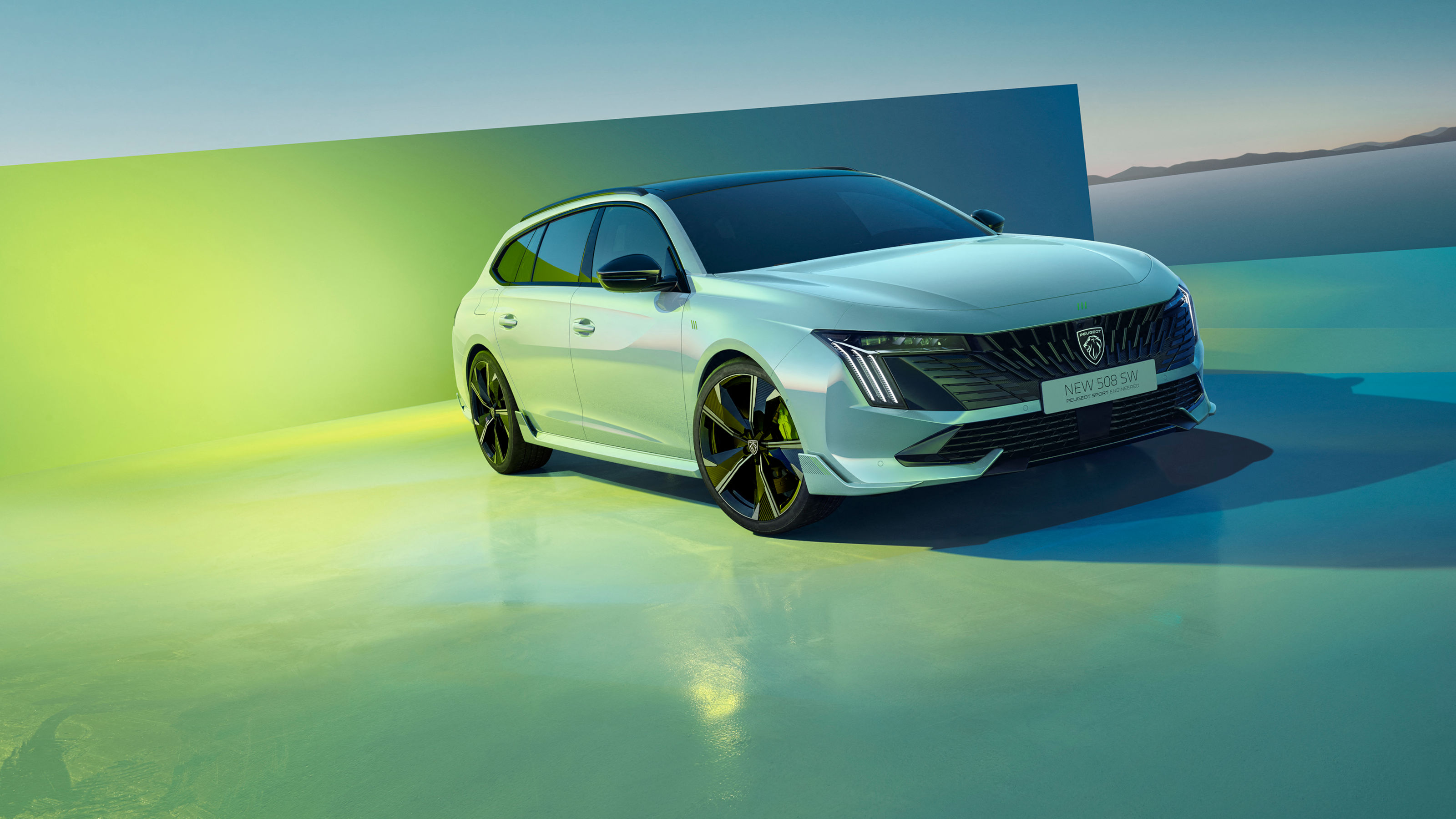
That’s certainly the case here, with Peugeot’s revised and updated 508 SW. Seen here with a hybrid system, all-wheel drive and light fettling in the shape of the new Peugeot Sport Engineered (PSE) specification, the 508 SW both looks and goes better than almost anything else in its class. The visual success of this car won’t stop Peugeot from pushing SUVs (as one of Stellantis’s fistful of brands, there are plenty of platform-sharing efficiencies to be exploited in every market segment), but hopefully it’ll dissuade some people from unnecessary upscaling.
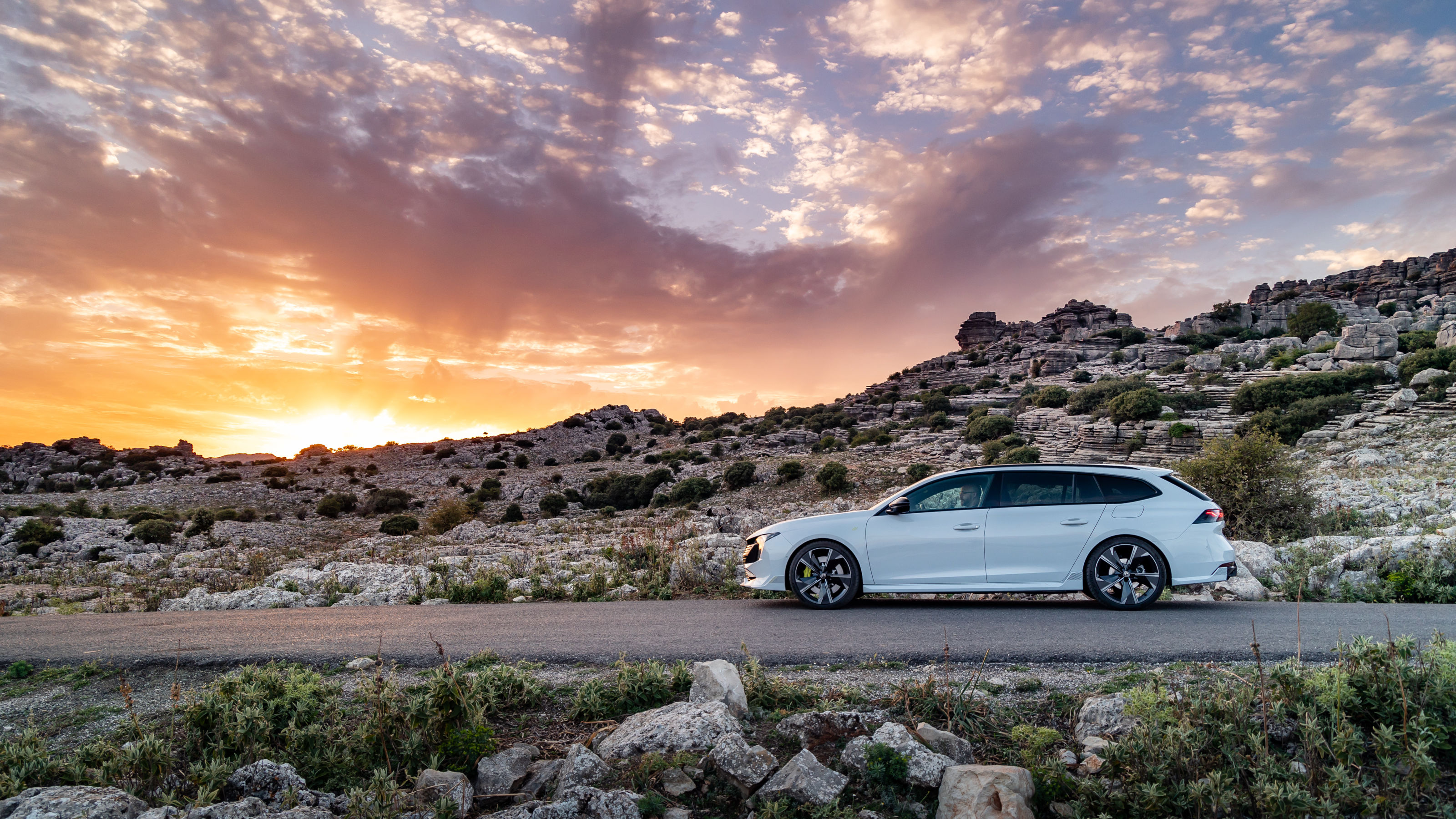
Peugeot’s ‘5’ badged cars have a long heritage of estate models. From the 504 and 505 (both crisp Pininfarina designs) of the 1970s and 1980s, through to the first generation 508 in 2010, this series of mid-sized saloons and estates has made the most of its large platform to create cars with presence and poise, not pretension.
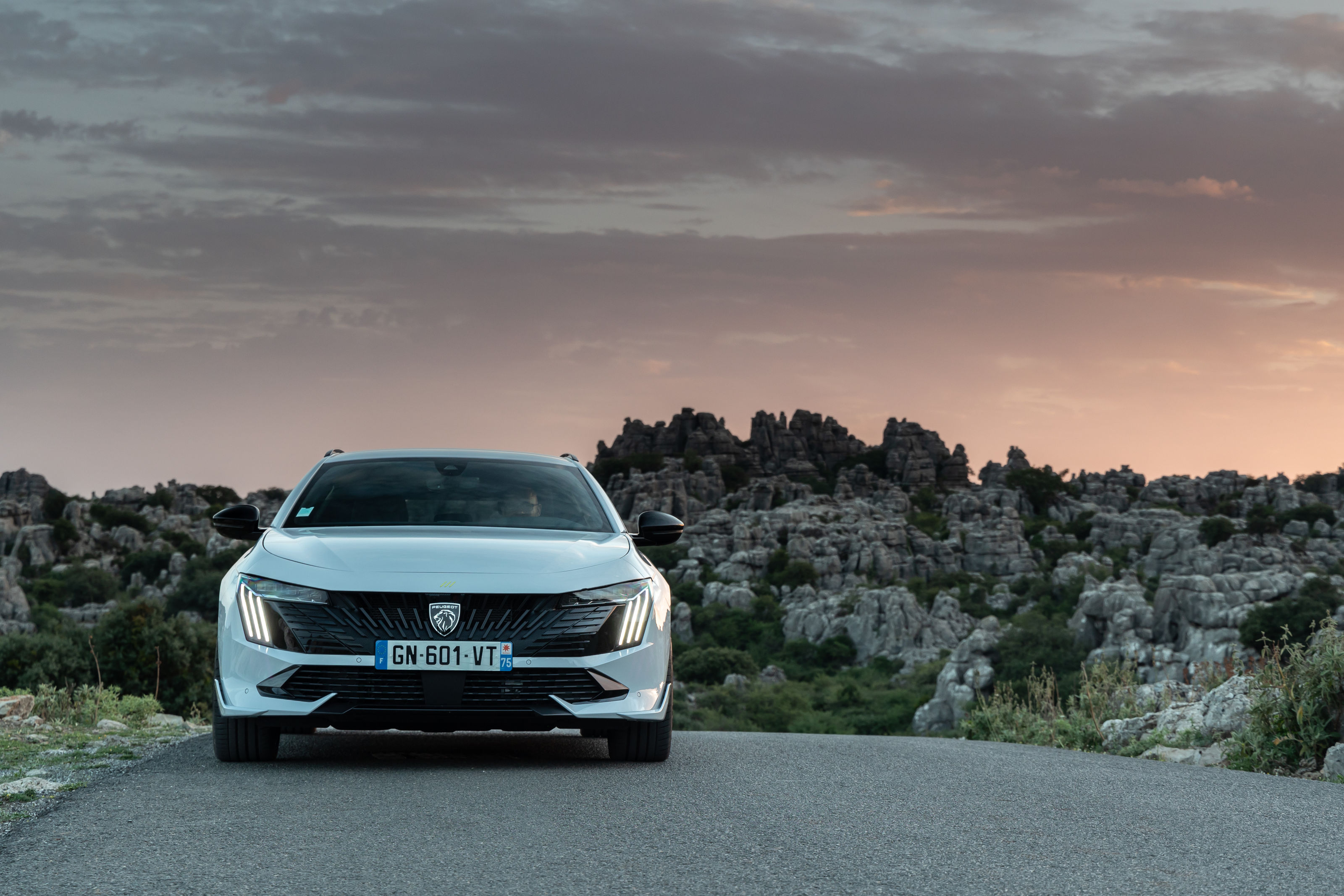
This is a face-lifted second generation 508 (there was no 506 or 507), and bears the new corporate face previewed by the likes of the 2023 Inception Concept to match other current production models like the 408 Crossover and the recent neat 308.
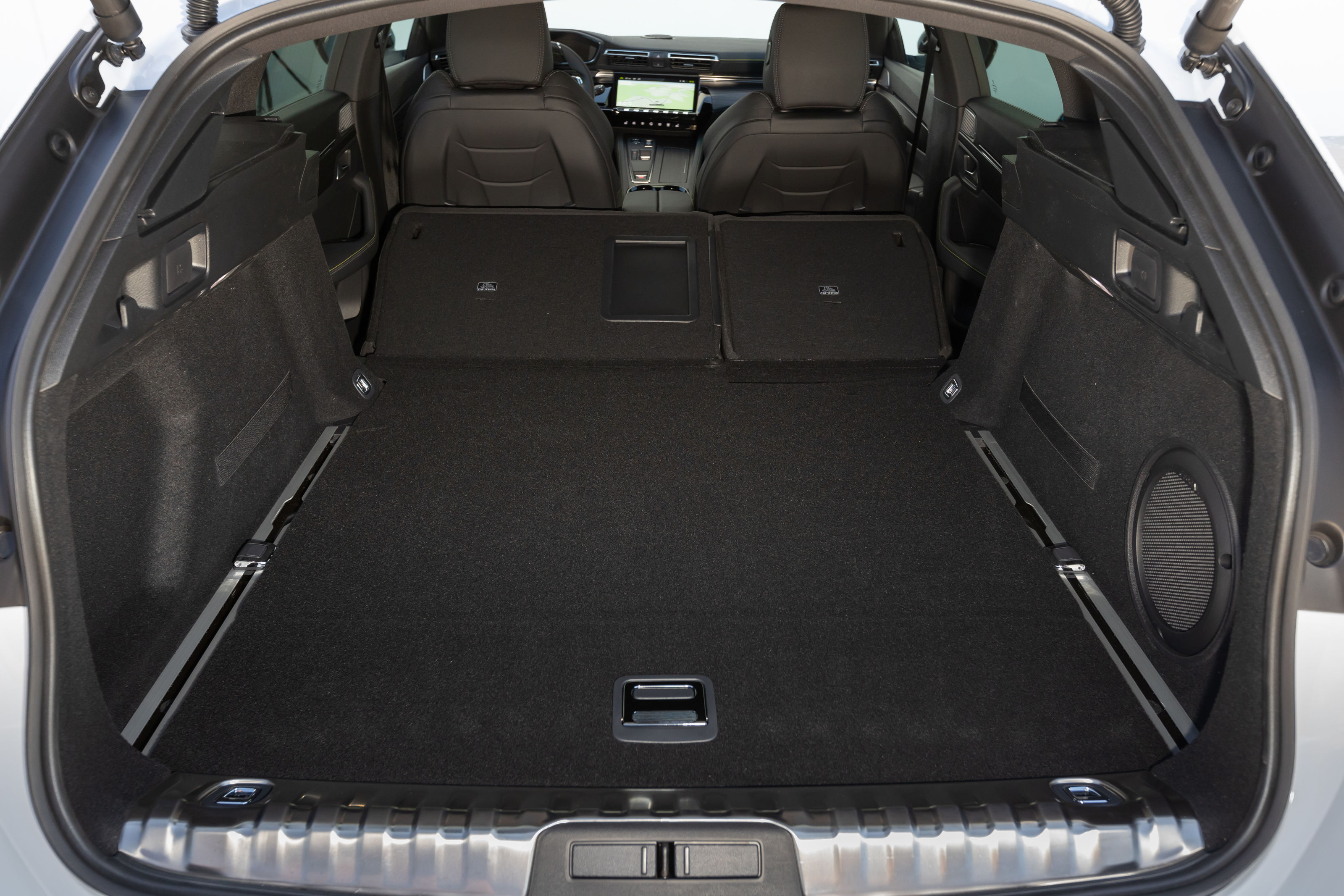
From the capacious boot to the deliberately alternative architecture of the cabin, the 508 SW surprises and impresses. A modern Peugeot has a small, low-set steering wheel, above which is perched the main instrument binnacle – the company calls it the ‘i-Cockpit’. It’s an unconventional approach, and not always completely successful in terms of legibility, depending on your height, but it is distinctive and certainly not a dealbreaker. Likewise, the central screen is buttressed by a row of satin chrome shortcut switches, reminiscent of key on a piano. They look great, but the function is denuded by the hard-to-reach labelling.

In today’s homogenised market, such minor ergonomic quirks should be celebrated. Besides, familiarity comes swiftly and everything else about this car encourages you to bond with it and accommodate its foibles. Benefits include a furniture-friendly load bay – up to 1,780-litres of space with rear seats down – as well as a sound system developed by Peugeot’s partner, French audio system Focal.

In PSE spec, the 508 SW isn’t a sports car, per se, but the 360 model has a plug-in hybrid system that pairs the 200hp PureTech engine with twin electric motors, front and rear, offering more than enough power for day-to-day driving, as well as the ability to do around 40 miles of electric only travel. It also handles well, in the grand tradition of Peugeots of old, although the softer comfort setting isn’t quite as serene as in a Mercedes or Lexus.
Receive our daily digest of inspiration, escapism and design stories from around the world direct to your inbox.
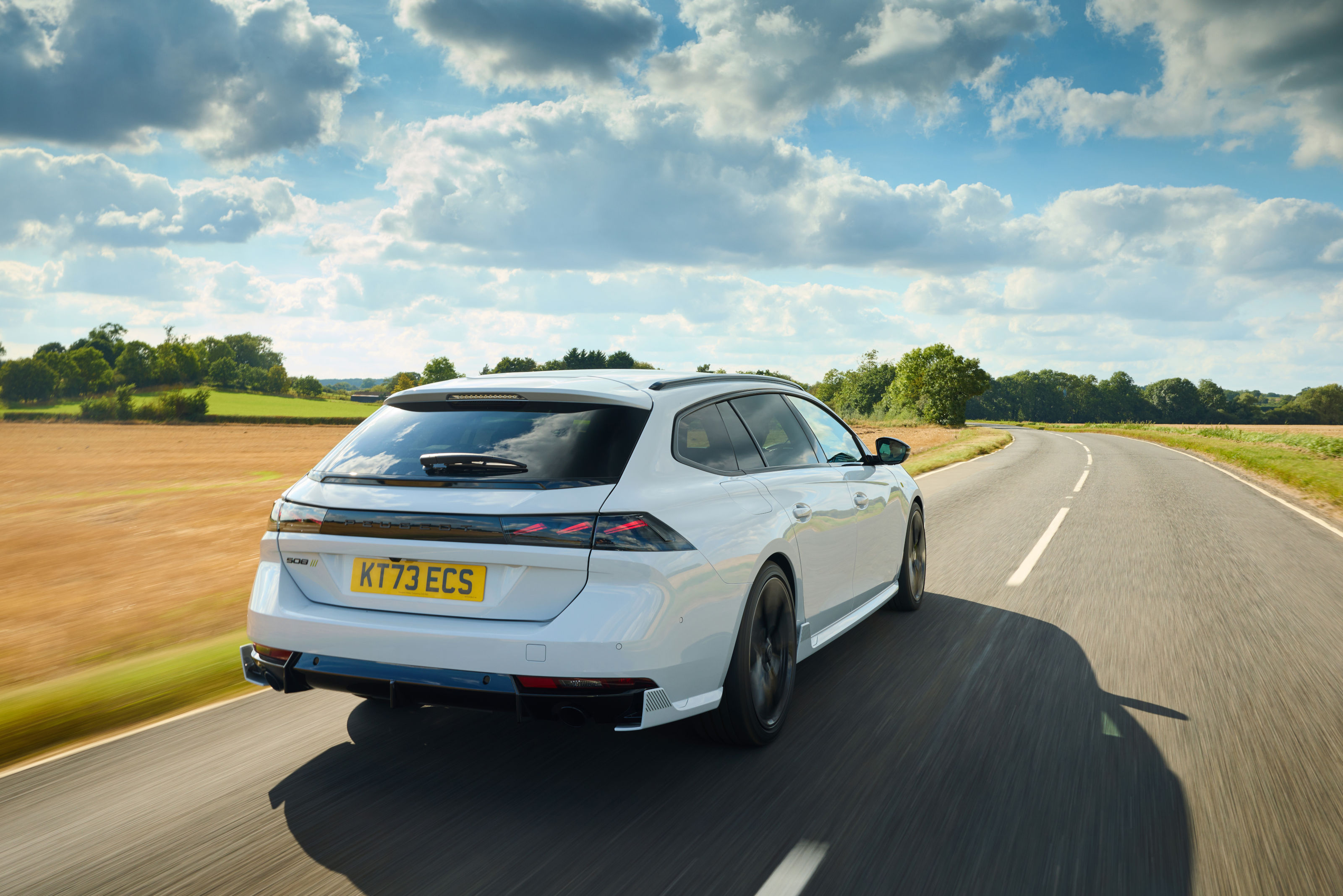
Peugeot is trying to lay claim to a larger share of the premium car market. With models like the 508 SW, it has the hardware to back up the ambition and a solid footing for a fully electric future, even for the estate car.
Peugeot 508 SW PSE HYBRID 360 e-EAT8 4WD, £55,175, Peugeot.co.uk, @PeugeotUK
Jonathan Bell has written for Wallpaper* magazine since 1999, covering everything from architecture and transport design to books, tech and graphic design. He is now the magazine’s Transport and Technology Editor. Jonathan has written and edited 15 books, including Concept Car Design, 21st Century House, and The New Modern House. He is also the host of Wallpaper’s first podcast.
-
 Inside Christian de Portzamparc’s showstopping House of Dior Beijing: ‘sculptural, structural, alive’
Inside Christian de Portzamparc’s showstopping House of Dior Beijing: ‘sculptural, structural, alive’Daven Wu travels to Beijing to discover Dior’s dramatic new store, a vast temple to fashion that translates haute couture into architectural form
-
 A music player for the mindful, Sleevenote shuns streaming in favour of focused listening
A music player for the mindful, Sleevenote shuns streaming in favour of focused listeningDevised by musician Tom Vek, Sleevenote is a new music player that places artist intent and the lost art of record collecting at the forefront of the experience
-
 Take a tour of the 'architectural kingdom' of Japan
Take a tour of the 'architectural kingdom' of JapanJapan's Seto Inland Sea offers some of the finest architecture in the country – we tour its rich selection of contemporary buildings by some of the industry's biggest names
-
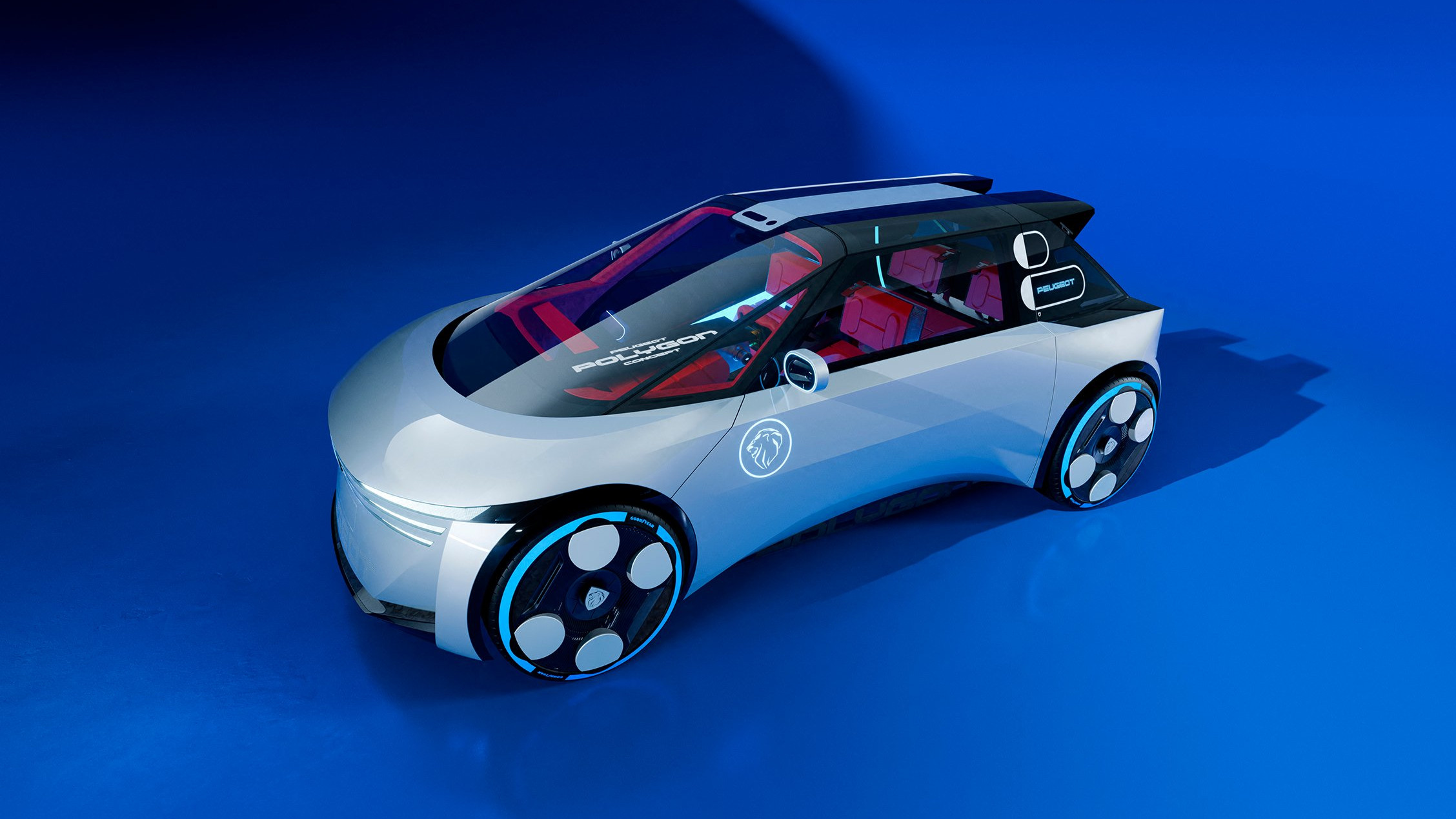 Peugeot's Polygon Concept city car of tomorrow exists in the frantic online world of Fortnite
Peugeot's Polygon Concept city car of tomorrow exists in the frantic online world of FortnitePeugeot pitches its new design language to the gaming community with a concept car designed for virtual worlds
-
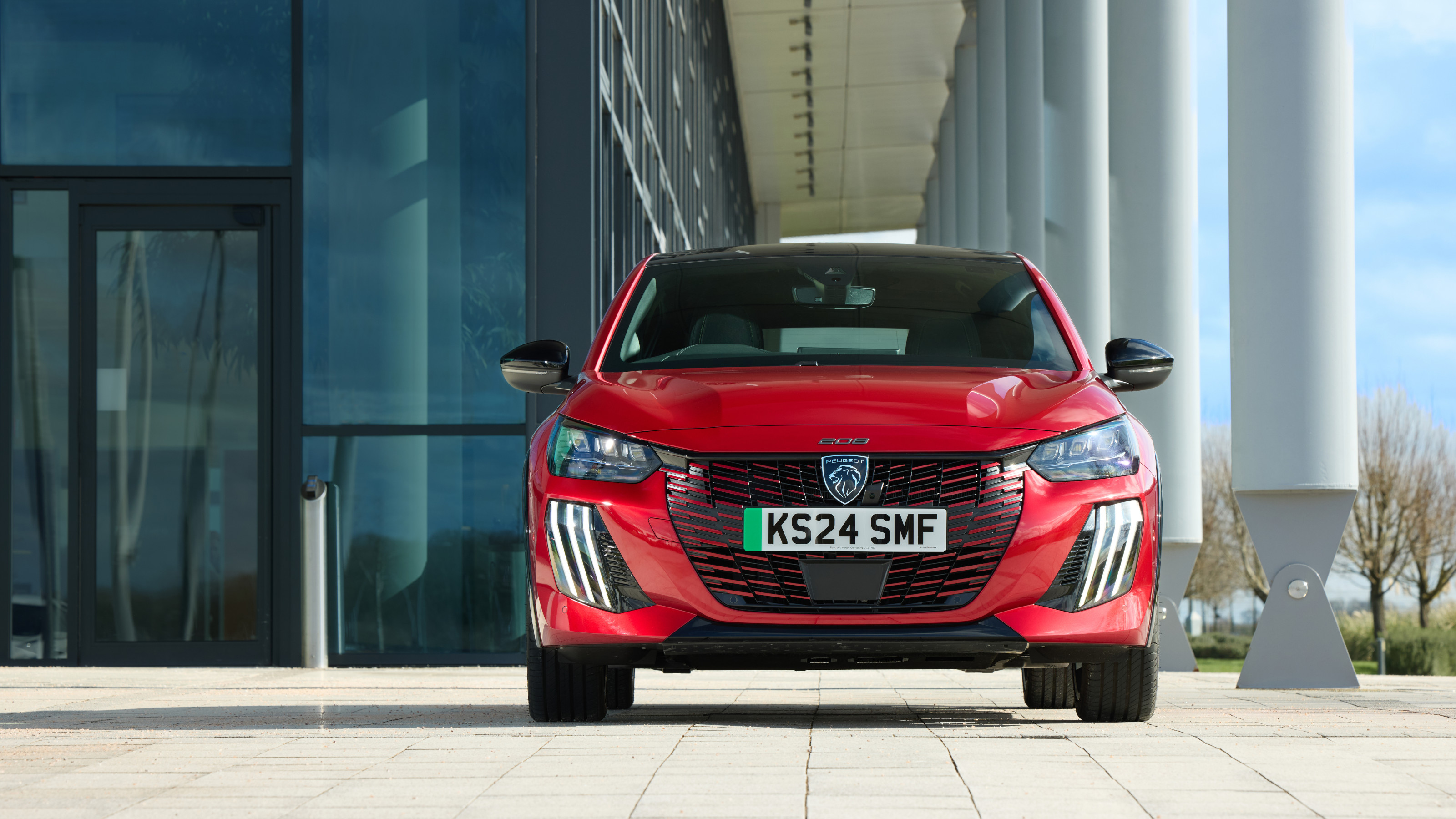 Is Peugeot’s smallest EV also its best? The pros and cons of the E-208 GT
Is Peugeot’s smallest EV also its best? The pros and cons of the E-208 GTThe Peugeot E-208 GT is a compact electric car with character and style, if not class-leading specifications
-
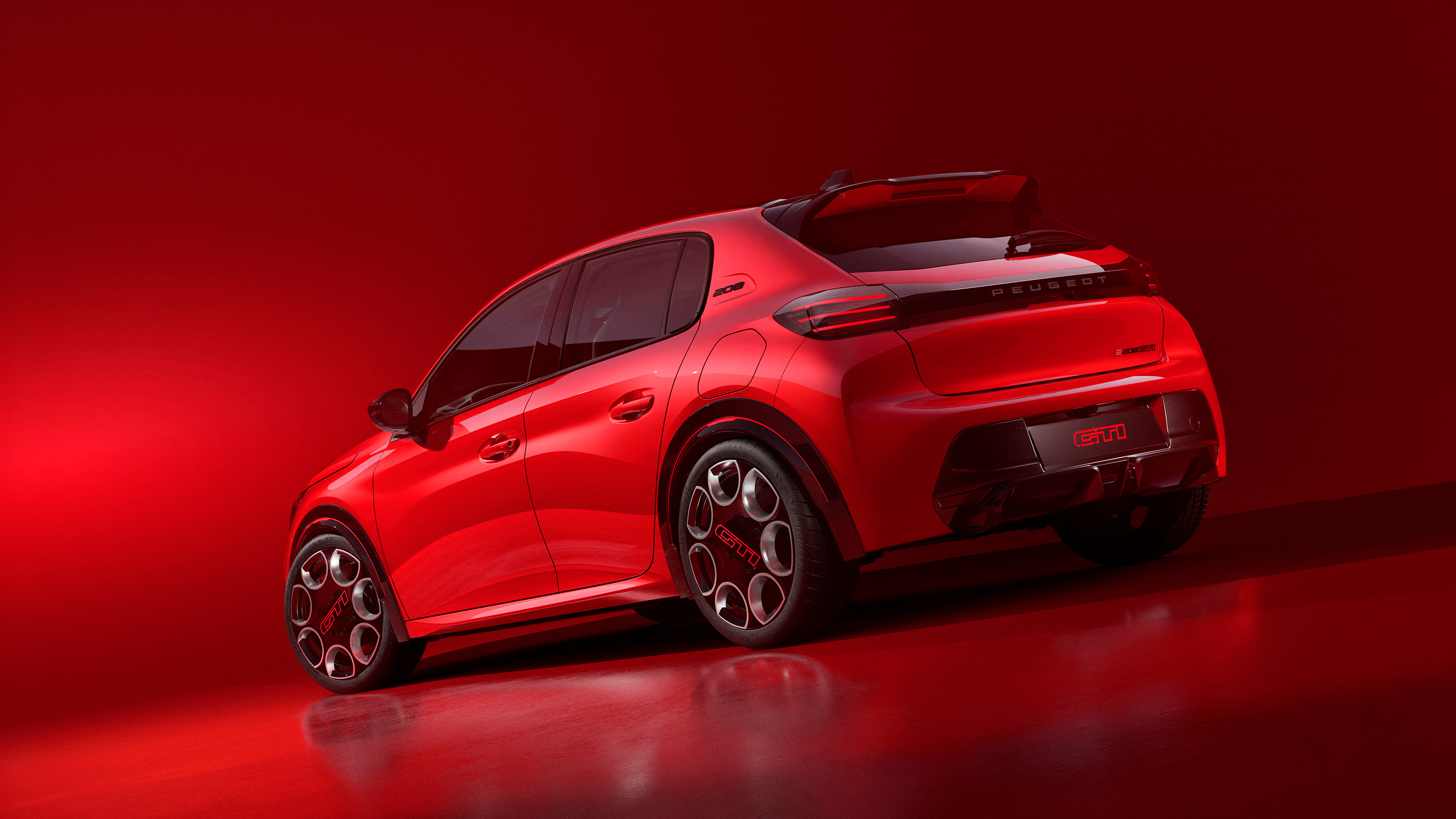 Peugeot brings back a classic performance badge for the electric era: meet the E-208 GTi
Peugeot brings back a classic performance badge for the electric era: meet the E-208 GTiPeugeot has unveiled the new E-208 GTi, a performance EV designed to hark back to a golden age of compact sports cars
-
 The Peugeot E-5008 is an adept but ostentatious take on the all-electric SUV
The Peugeot E-5008 is an adept but ostentatious take on the all-electric SUVPeugeot has swapped its seductive design language for something shoutier and less discrete as it attempts to conquer the electric SUV segment with the new E-5008
-
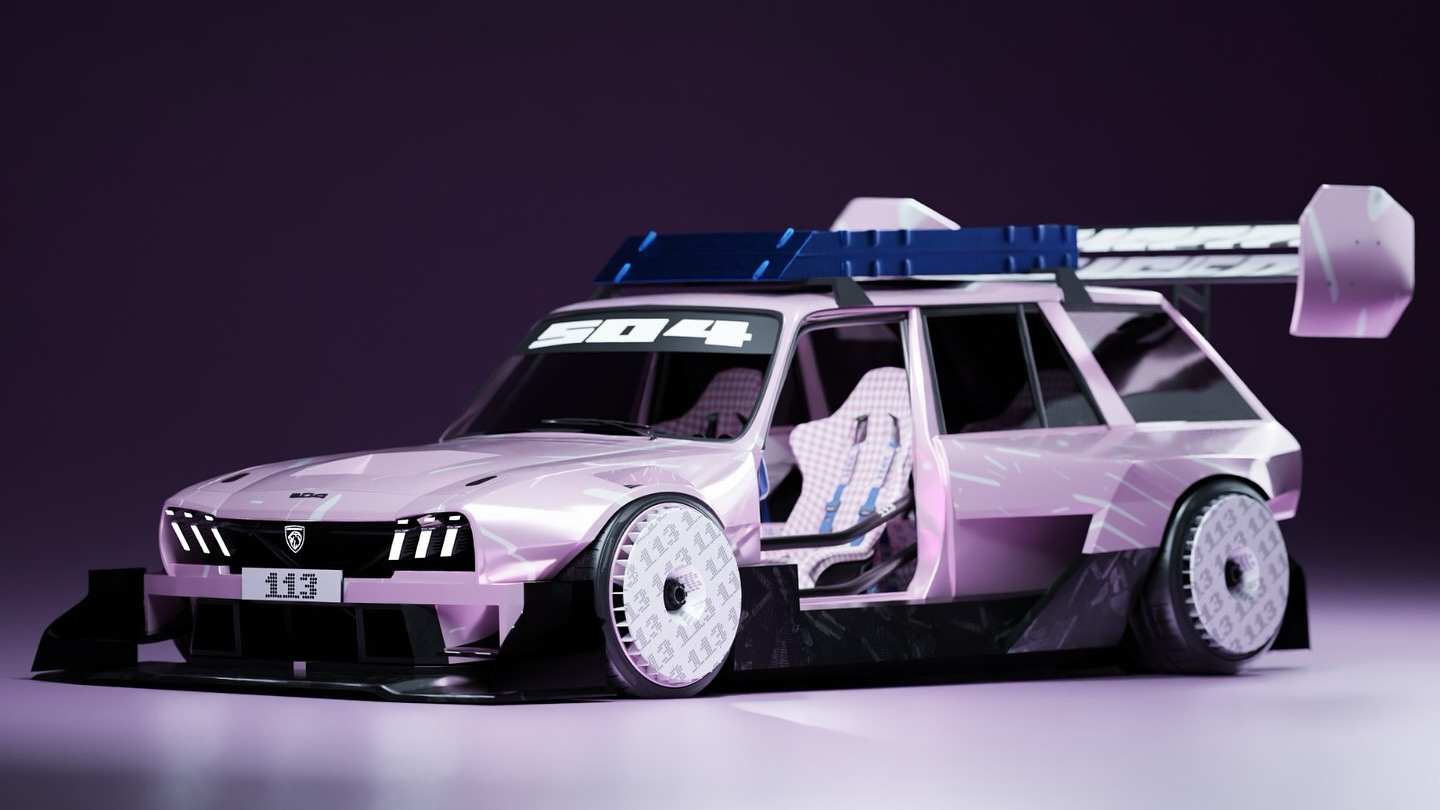 The 504 Pikes Peak is Peugeot Design Lab’s radical reinvention of the classic family wagon
The 504 Pikes Peak is Peugeot Design Lab’s radical reinvention of the classic family wagonPeugeot unveils a trio of concept cars that celebrate history, music and design, with in-car vinyl, carbon bodywork and outrageous performance
-
 We go back to the 1980s with Tolman’s epic hot-hatch restmod Peugeot 205 GTI
We go back to the 1980s with Tolman’s epic hot-hatch restmod Peugeot 205 GTITolman Engineering has transformed the terrific Peugeot 205 GTI into a robust, pocket-sized performance classic
-
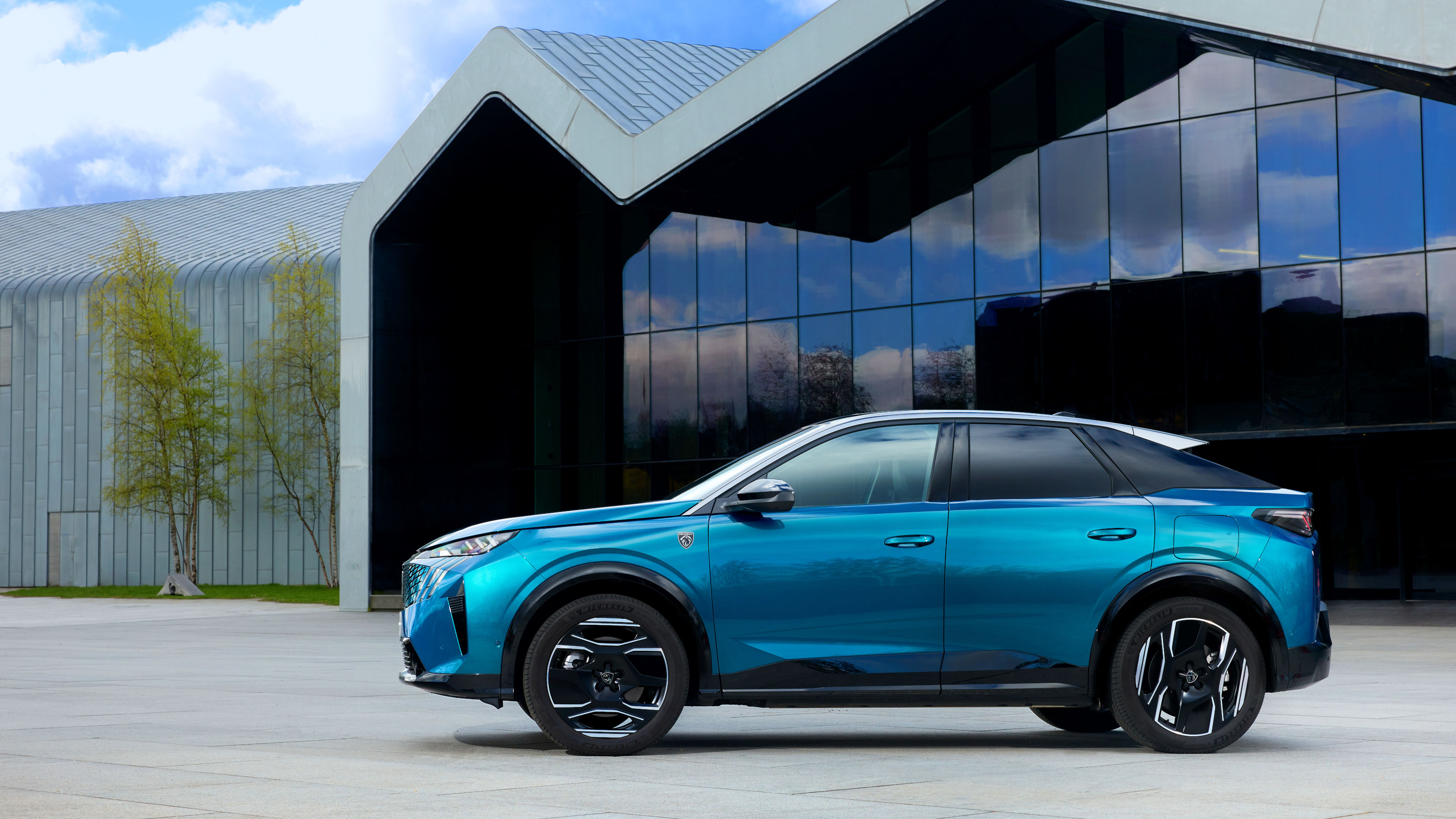 Peugeot E-3008 sets new standards for electric SUV design
Peugeot E-3008 sets new standards for electric SUV designThe Peugeot E-3008 is an alluring electric car that combines neat lines, smart tech and an idiosyncratic interior
-
 New Peugeot 408 crossover hybrid pushes sophistication and style
New Peugeot 408 crossover hybrid pushes sophistication and styleThe Peugeot 408 is a pumped-up super-coupé, blending Gallic charm with perfect poise and everyday function